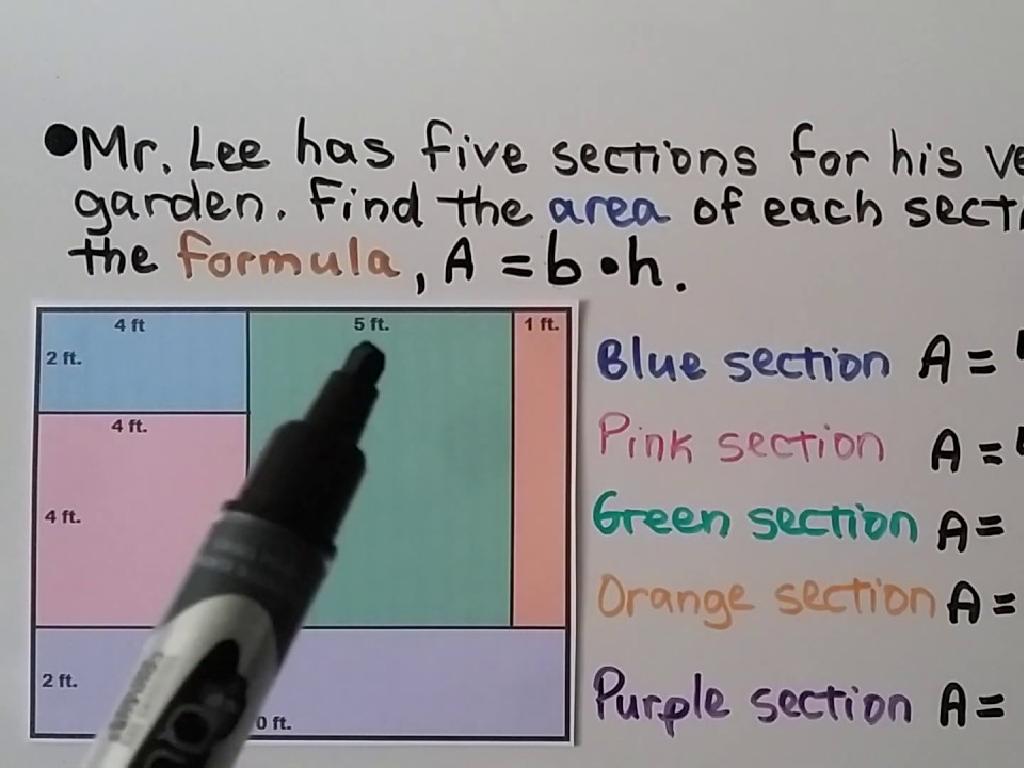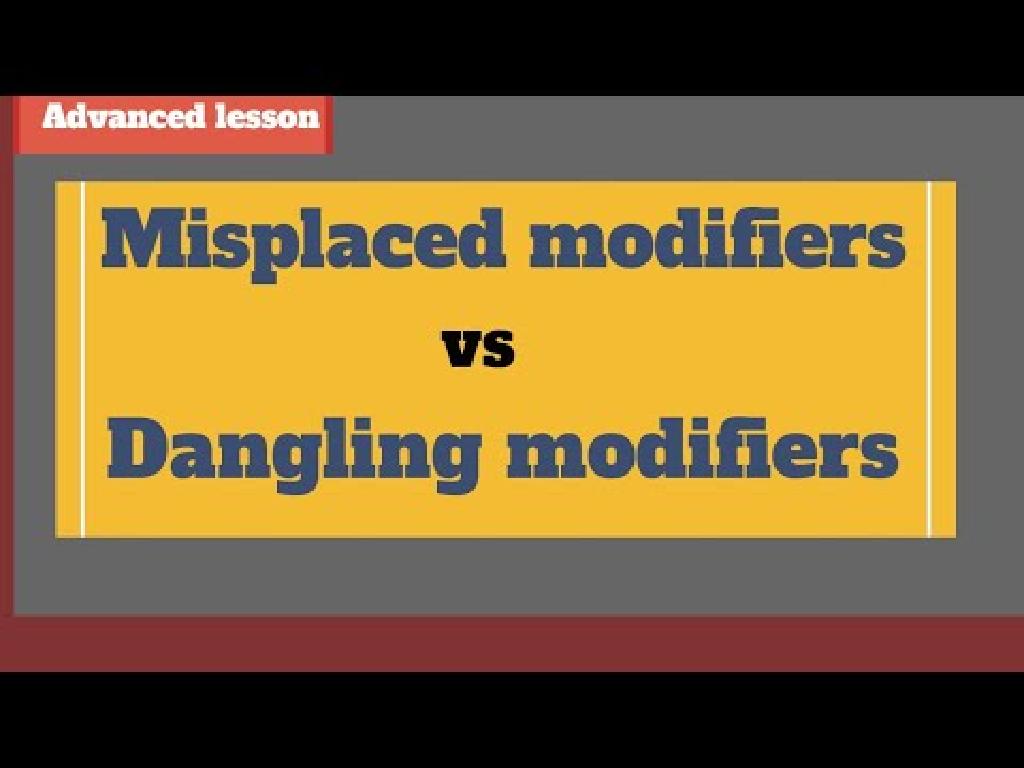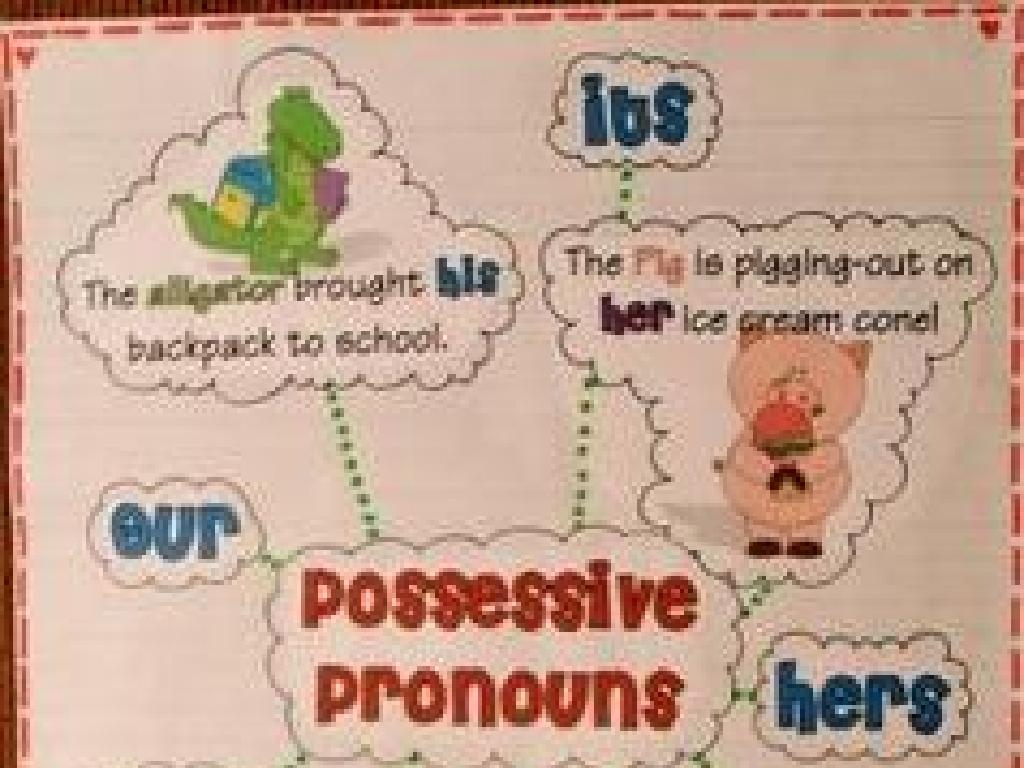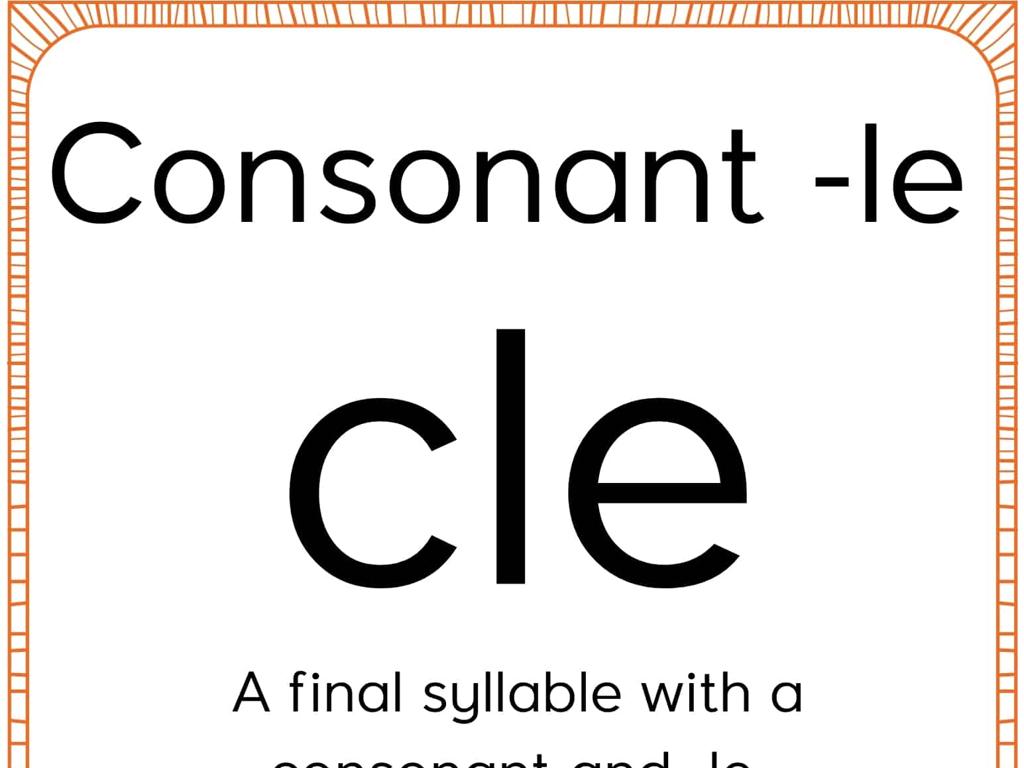Word Problems With Extra Or Missing Information
Subject: Math
Grade: Fourth grade
Topic: Multi-Step Word Problems
Please LOG IN to download the presentation. Access is available to registered users only.
View More Content
Navigating Multi-Step Word Problems
– Understanding multi-step problems
– A problem with more than one step to find the solution.
– Real-life importance
– Helps solve complex real-world situations.
– Focus: Extra or missing info
– Learn to identify unnecessary or missing details.
– Strategies to solve
– Use logical reasoning and problem-solving skills.
|
This slide introduces students to the concept of multi-step word problems, which require more than one mathematical operation to solve. Emphasize the importance of these problems in real life, as they mirror the complexity of everyday situations where not all information is straightforward. Today’s lesson will focus on tackling word problems that contain extra or irrelevant details, as well as those that don’t provide all the necessary information upfront. Teach students strategies such as identifying key information, disregarding unnecessary details, and making logical inferences for missing information. Encourage them to approach these problems methodically and to practice with examples during class.
Understanding Word Problems
– Word problems: a numerical story
– A narrative with numbers and a question to answer.
– Solve using math operations
– Use addition, subtraction, multiplication, or division.
– Apply math to real-world scenarios
– Relate classroom math to everyday life problems.
|
This slide introduces the concept of word problems to fourth-grade students. Word problems are essentially stories or scenarios that include numbers and require a question to be answered using mathematical operations. The goal is to help students understand that math isn’t just about numbers on a page; it’s a tool we use to solve problems in everyday life. Emphasize the importance of identifying key information and deciding which operations to use. Provide examples of word problems that students might encounter outside of school, such as figuring out change while shopping or dividing up slices of pizza among friends. Encourage students to think about the steps they would take to solve these practical problems.
Identifying Extra Information in Word Problems
– Not all details solve the problem
– Learn to spot unnecessary details
– Example: Car color vs. speed
– If a problem asks for the car’s speed, the color is not needed to find the answer.
– Practice with different problems
– Try to find and ignore extra information in homework problems.
|
This slide aims to teach students how to identify and disregard irrelevant information in word problems. Emphasize that not every detail given in a problem is necessary for finding the solution. Use the example of a car’s color being irrelevant when the question is about speed to illustrate this point. Encourage students to practice this skill by looking for extra information in various word problems as part of their homework. This will help them focus on the essential information needed to solve the problem efficiently.
Dealing with Missing Information in Word Problems
– Not all details are always given
– Making reasonable assumptions
– Use clues to fill in gaps logically
– Example: Counting apples in baskets
– If 2 baskets have 5 apples each, and we need the total, we can estimate or find out about the third basket.
– Solving with incomplete information
|
This slide addresses the common issue of missing information in word problems, which requires students to think critically and make logical assumptions. When details are missing, students should learn to look for context clues or use known information to infer the missing pieces. For example, if a word problem provides the number of apples in two baskets but asks for the total in three, students might assume the third basket has a similar amount or use additional information provided to make an educated guess. Encourage students to share their thought processes and discuss different strategies for dealing with incomplete information. This will help them become more comfortable with making assumptions and improve their problem-solving skills.
Solving Multi-Step Word Problems
– Read the problem carefully
– Underline key information
– Find numbers, clues, and what’s being asked
– Choose the right operations
– Add, subtract, multiply, or divide?
– Watch for extra or missing info
– Not all info is needed; some may be missing
– Solve the problem step by step
– Break it down into smaller, manageable parts
|
This slide is aimed at teaching students a systematic approach to solving multi-step word problems. Emphasize the importance of reading the problem thoroughly to understand what is being asked. Guide students to underline or highlight crucial information and numbers that will help them solve the problem. Discuss how to decide on the operations needed to find the solution. Alert them to the possibility of extra or unnecessary information that can mislead them, as well as the potential for information that may need to be inferred. Finally, encourage them to solve the problem in a step-by-step manner, checking each step for accuracy. Provide examples of multi-step problems for practice, and discuss strategies for identifying and handling extra or missing information.
Tackling Word Problems: Extra or Missing Info
– Read the problem aloud together
– Highlight the key information
– Look for numbers, units, and question
– Spot extra or missing details
– Not all details are useful, some info might be absent
– Collaboratively solve the problem
|
This slide is aimed at engaging the class in a collective problem-solving activity. Start by reading a word problem aloud to ensure all students understand it. Then, guide them to identify and highlight the important information necessary to solve the problem. Discuss as a class to determine which details are extraneous and which necessary details might be missing. Finally, work through the problem-solving process together, encouraging students to participate and share their thoughts. This activity will help students to critically analyze word problems and improve their problem-solving skills. Prepare a simple problem beforehand that includes extra or missing information to use as an example during the lesson.
Practice Time: Tackling Word Problems
– Pair up for practice problems
– Spot extra or missing details
– Which details don’t fit or are unclear?
– Discuss the clues and questions
– Share ideas on what the problem asks
– Apply steps to solve problems
– Use learned strategies step by step
|
This slide is designed for a classroom activity where students will work in pairs to practice solving word problems with extra or missing information. The activity encourages collaboration and discussion, helping students to identify unnecessary details or information gaps that can complicate problem-solving. It’s crucial to guide students to use the strategies taught in class, such as underlining key information, determining what is being asked, and breaking down the problem into manageable steps. Provide a variety of problems for different pairs to ensure a broad range of practice and encourage students to explain their reasoning to each other for a deeper understanding. As a teacher, circulate the room to offer guidance and support where needed.
Class Activity: Crafting Word Problems
– Create a word problem in groups
– Include unnecessary information
– Add details unrelated to the problem’s solution
– Swap problems with another group
– Discuss solutions and strategies
– Reflect on how you found the answer and what info was extra
|
This activity is designed to enhance students’ problem-solving skills by understanding how to identify relevant and irrelevant information in word problems. Divide the class into small groups and instruct them to create their own word problems that include extra, unnecessary details. Once they have created their problems, have them exchange with another group and work on solving the new problem. After solving, each group will discuss the strategies they used to find the solution and identify the information that was not needed. This will help students to focus on critical information and improve their ability to solve multi-step word problems. Possible activities could include creating word problems based on personal interests, using numbers relevant to their daily lives, or incorporating current classroom topics.
Review and Reflect: Multi-Step Word Problems
– Recap of today’s learning
– Identifying extra information
– Learned to ignore unnecessary details
– Spotting missing information
– Strategies for finding what’s not given
– Discussing challenges faced
– Share a tough problem and the solution
|
In today’s lesson, we explored how to tackle multi-step word problems, focusing on identifying and handling extra or missing information. We learned to distinguish between useful and superfluous details within a problem. Students practiced strategies for inferring missing information, such as using logical reasoning or calculating based on known data. Encourage students to reflect on the process and share their experiences. Discussing challenges helps them understand that struggling with complex problems is a natural part of learning. It also allows them to learn from each other’s approaches to overcoming difficulties. For the next class, prepare a few examples of word problems that students initially found challenging to review and reinforce the strategies learned today.
Homework: Word Problems Practice
– Complete the worksheet provided
– Create your own word problem
– Use your imagination and think of a real-life scenario
– Note down how you solved the problems
– Write the steps you took to find the answers
– Get ready to discuss in class
|
This homework assignment is designed to reinforce students’ skills in solving multi-step word problems, especially those with extra or missing information. The worksheet will provide practice problems for students to solve, ensuring they understand the concepts taught in class. Additionally, by creating their own word problem, students will engage with the material creatively, which helps deepen their understanding. Encourage students to write down the steps they take to solve each problem, as this will aid in discussing their methods during the next class. The discussion will allow students to explain their reasoning and understand different approaches to problem-solving.





